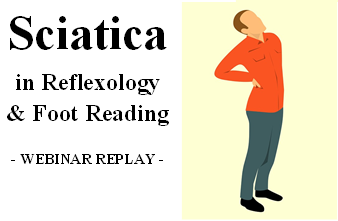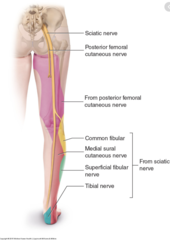
Stomach and back pain that originates in the upper back, or sternum, and the chest, often results from a herniated disc, or a herniated vertebra. The pain may be caused by a herniated disc that has become compressed and is rubbing against the nerves on the spine.
Most patients with this condition are not aware of their pain, as it is very often masked by other aches and pains
When you have sciatica, your pain is often aggravated by sitting in a chair for extended periods of time. It is also worsened by lying flat or sitting with a straight back. As soon as you begin to notice any of the following symptoms, see your doctor.
The pain can be intermittent or continuous, sharp or dull, sharp and shooting, or dull and intermittent. The pain from sciatica can be mild or severe, but most often is only mild. If you have pain on one side of your body, it is important to confirm it is actually sciatica. If there is no pain or swelling in the buttocks, thigh or leg, you are probably not suffering from sciatica. If you have pain that does not go away, you should visit your doctor.
Stomach and back pain may be caused by another medical problem such as a slipped disc or a herniated spinal disc. Many doctors will use x-rays to rule out any structural problems in the spine. This may help you determine the nature of your pain, but if it persists, it is best to seek medical attention. You may need to undergo surgery or other treatment to relieve your pain.
Other symptoms of sciatica include numbness in the feet and hands, difficulty walking, fatigue, weakness or low energy levels, and fatigue or weakness in the muscles of the lower back. You may experience excruciating or stabbing pain when going up or down stairs, when bending or standing, or when lifting heavy objects. These symptoms are often accompanied by numbness in the feet and hands.
Other symptoms that may indicate your pain is not sciatica-related include abdominal discomfort, nausea, dizziness, headaches, and / or fever. However, if you experience any of these symptoms or any combination of them, see your doctor for a diagnosis. If you experience any of the above symptoms and still don't know what the problem is, your doctor may order an x-ray to determine the problem.

Pain relievers can be used to relieve pain in many cases, although surgery is often not recommended. To solve the problem and prevent any future problems, you can use an ergonomic exercise program. This program is designed to strengthen your back muscles. and less prone to injury. In some cases, surgery may be required to correct the problem and prevent further problems.
Sciatica is more common in older people but can occur at any age. Some people experience less pain in one area of the body than others, while others may experience more pain in one area.
Some of the causes of back pain include osteoarthritis, spondylolisthesis, or herniated discs. If you notice any of these symptoms, see your doctor immediately.
If you have a condition that is causing the pain, your doctor may prescribe pain relievers, anti-inflammatory medication, anti-depressants, or physical therapy to treat the condition and provide pain relief. Other treatments may also be prescribed depending on the cause of your pain.
A medical evaluation will help you determine the best course of action if you suffer from sciatica. and give you a diagnosis. In the event that the condition is not treated, there may be the potential for more serious problems.
Sciatica, which includes sciatic, psoas, sacroiliac, or lumbar stenosis, is common in adults. It may be a sign of a spinal problem that requires surgery to correct. If you suffer from sciatica and do not have any symptoms, your doctor may suggest X-rays to see if you have any structural damage in the back.